10 Succulents That Make Perfect Terrarium Companions
Terrariums bring a slice of nature indoors, offering miniature landscapes that are easy to care for and visually stunning. For many, succulents are the go-to choice for creating these low-maintenance indoor gardens. Their wide variety of shapes, colors, and textures make them both versatile and captivating. If you’re looking to start or enhance your terrarium, here are 10 popular succulents to consider. Each plant adds its own charm and thrives in a contained environment.
1. Haworthia: The Low-Light Star
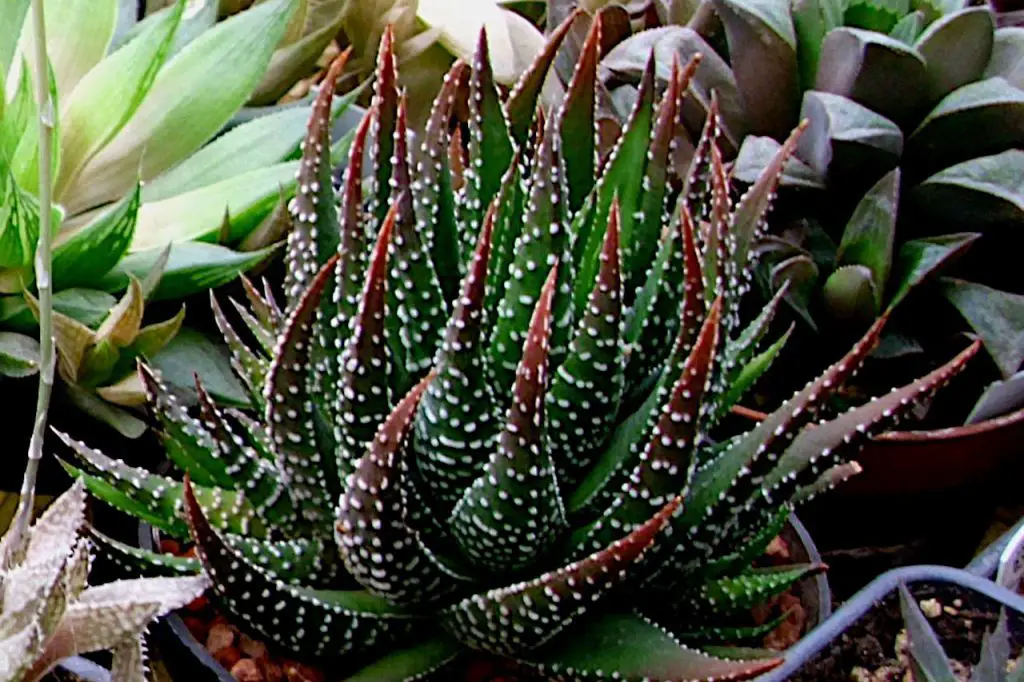
Haworthia species are small, hardy succulents, often featuring striking patterns of stripes or translucent window-like tips. They thrive in low light, making them a perfect choice for closed terrariums where light levels are controlled. Their slow growth and compact form prevent overcrowding in small spaces. While they prefer indirect light, they also tolerate short periods of bright sunlight. Consistent, minimal watering keeps them healthy, making Haworthia ideal for beginners.
Care Tips: Allow the soil to dry completely between waterings. Overwatering can lead to root rot, so it’s best to use a well-draining succulent mix.
2. Echeveria: Rosette Elegance

Echeveria stands out with its elegant rosette shape and range of colors, from soft pinks to deep purples and vibrant greens. These succulents bring a focal point to any terrarium, adding both structure and a splash of color. Since they require good airflow and bright, indirect light, they’re best suited for open terrariums. Their low-water needs make them a perfect match for dry environments.
Care Tips: Place Echeveria in a spot where they can receive indirect sunlight. Water sparingly, ensuring that the leaves stay dry to prevent mold and rot.
3. Sedum: The Versatile Ground Cover

Sedum, a low-growing succulent, often features trailing stems, making it versatile for various terrarium styles. These succulents thrive in dry, well-ventilated environments and come in different shapes and sizes—some create dense mats, while others grow as small clusters. Their natural draping effect is especially attractive in open terrariums, where they can cascade over the edges or provide a ground cover around larger plants.
Care Tips: Sedum prefers full sun but can handle partial shade. Water lightly and allow the soil to dry before watering again.
4. Crassula ovata ‘Gollum’ (Jade Plant): Unique and Low-Maintenance
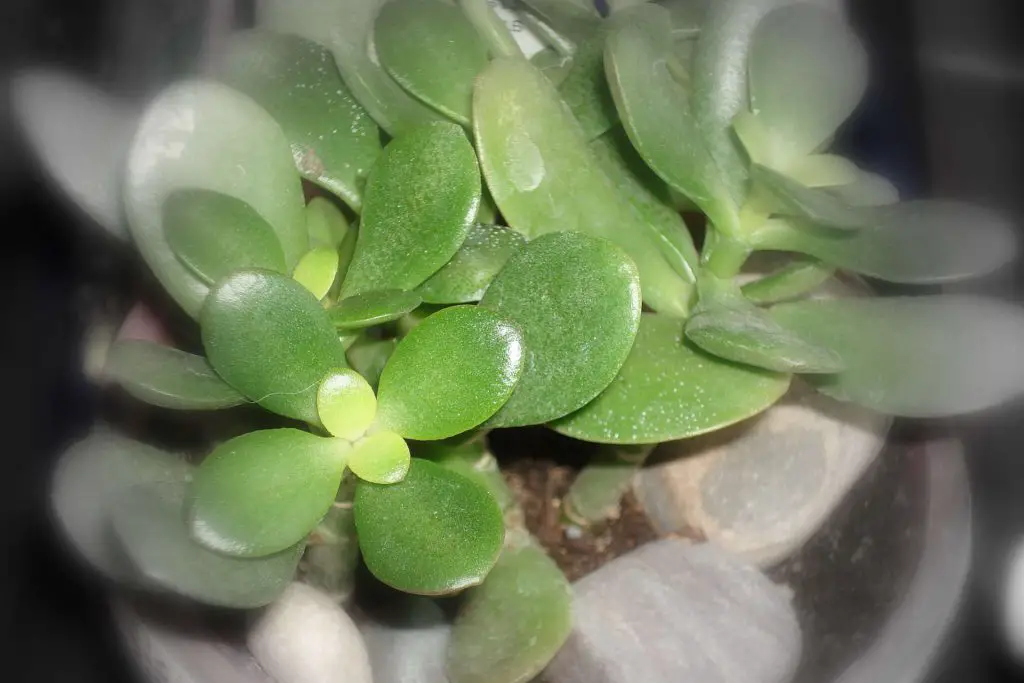
Known for its tubular, finger-like leaves, Crassula ovata ‘Gollum’ (a variety of Jade Plant) adds a quirky, eye-catching element to terrarium landscapes. These small succulents are low-maintenance and can adapt to both open and closed terrariums. Their slow growth ensures they maintain their size, while their upright form allows for easy arrangement among other plants.
Care Tips: Provide bright, indirect light and well-draining soil. Water sparingly, as the plant stores water in its thick leaves.
5. Sempervivum (Hens and Chicks): Hardy Rosettes
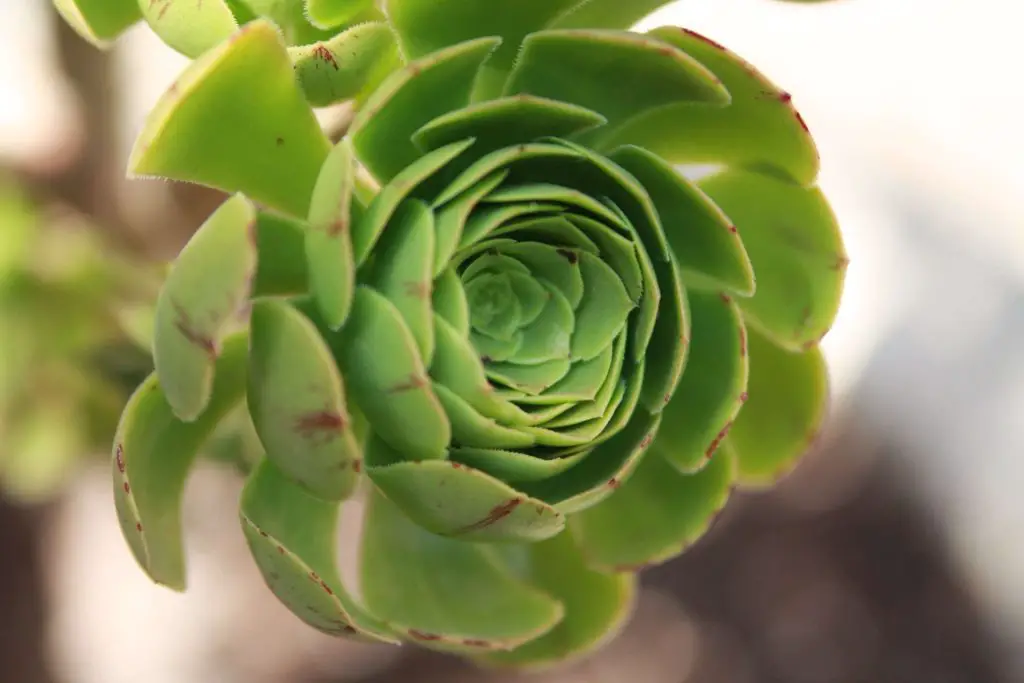
Sempervivum, commonly called “Hens and Chicks,” is a hardy succulent that forms tight rosettes. These plants produce offshoots (the “chicks”) around a central “hen,” creating an attractive spread. Sempervivum comes in a range of colors and textures, making it an excellent ground cover for terrarium landscapes. It tolerates dry conditions, making it ideal for open terrariums where air circulation is good.
Care Tips: Place Sempervivum in a sunny spot to maintain vibrant color. Allow the soil to dry out completely between waterings.
6. Kalanchoe tomentosa (Panda Plant): Fuzzy and Tactile
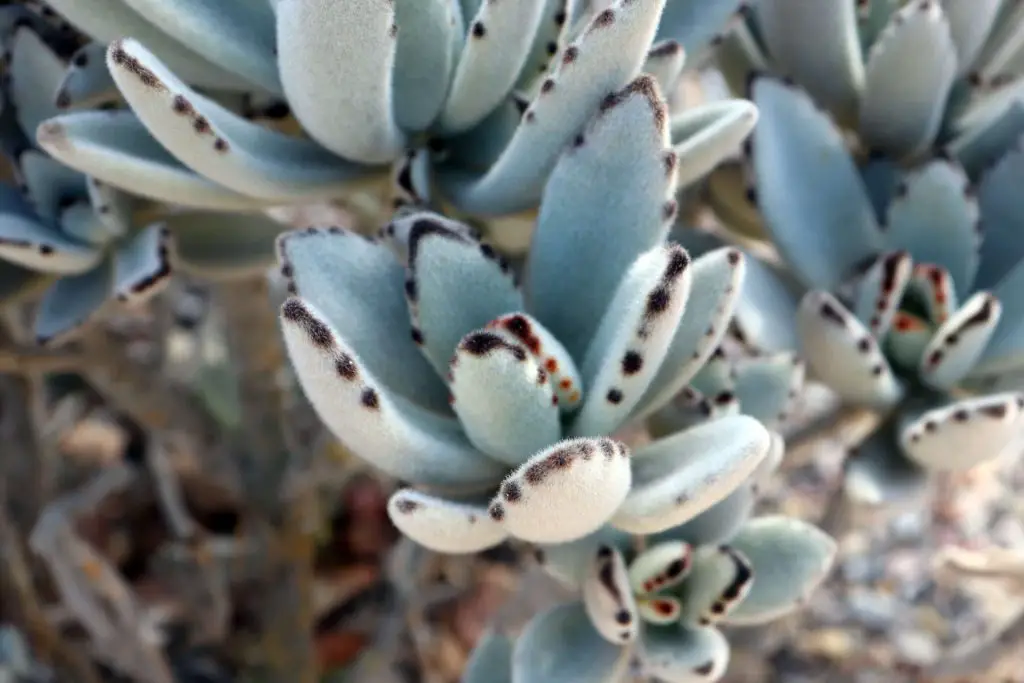
The Panda Plant, or Kalanchoe tomentosa, is a favorite for adding texture to succulent terrariums. Its soft, fuzzy leaves with brown-tipped edges provide a unique look, creating contrast among smoother succulents. The plant does well in a dry environment and adapts to both open and semi-closed terrariums. Its moderate growth rate makes it manageable for small spaces.
Care Tips: Ensure bright, indirect light to keep the plant healthy. Water sparingly to maintain the fuzz on the leaves, as too much moisture can cause damage.
7. Aloe Vera ‘Dwarf’: Classic Look, Small Size

Aloe Vera is well-known for its medicinal properties and striking, spiky leaves. Dwarf varieties maintain a smaller size, which is ideal for terrariums. These compact versions still offer the classic look of Aloe but are much easier to manage in a small space. They thrive in bright, indirect sunlight and are best suited for open terrariums.
Care Tips: Allow the soil to dry between waterings, and provide well-draining soil to prevent rot. A bright windowsill is an ideal location.
8. Graptopetalum (Ghost Plant): Delicate Hues and Hardiness
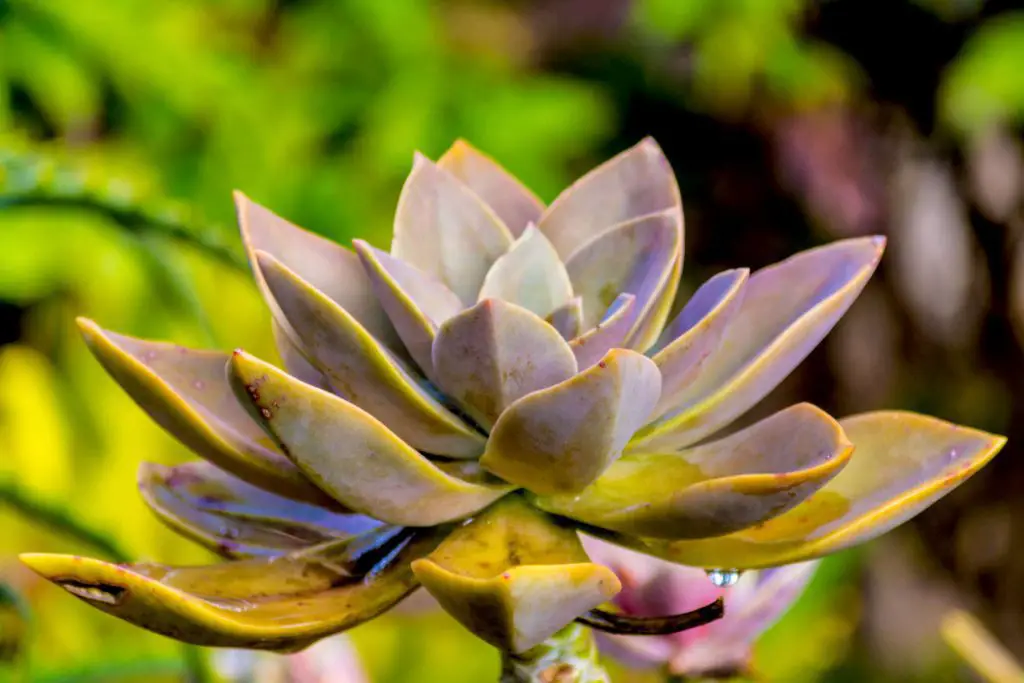
The Ghost Plant or Graptopetalum is a delicate-looking succulent with pearly leaves that can shift in color from gray to pink depending on light exposure. These plants are highly adaptable and thrive in a range of conditions, including the dry, airy environment of an open terrarium. Their ability to handle varying light conditions makes them a great option for beginners or those with less predictable light sources.
Care Tips: Bright, indirect light will bring out the best colors in Graptopetalum. Ensure the soil dries out before watering to keep the plant healthy.
9. String of Pearls (Senecio rowleyanus): Cascading Beauty
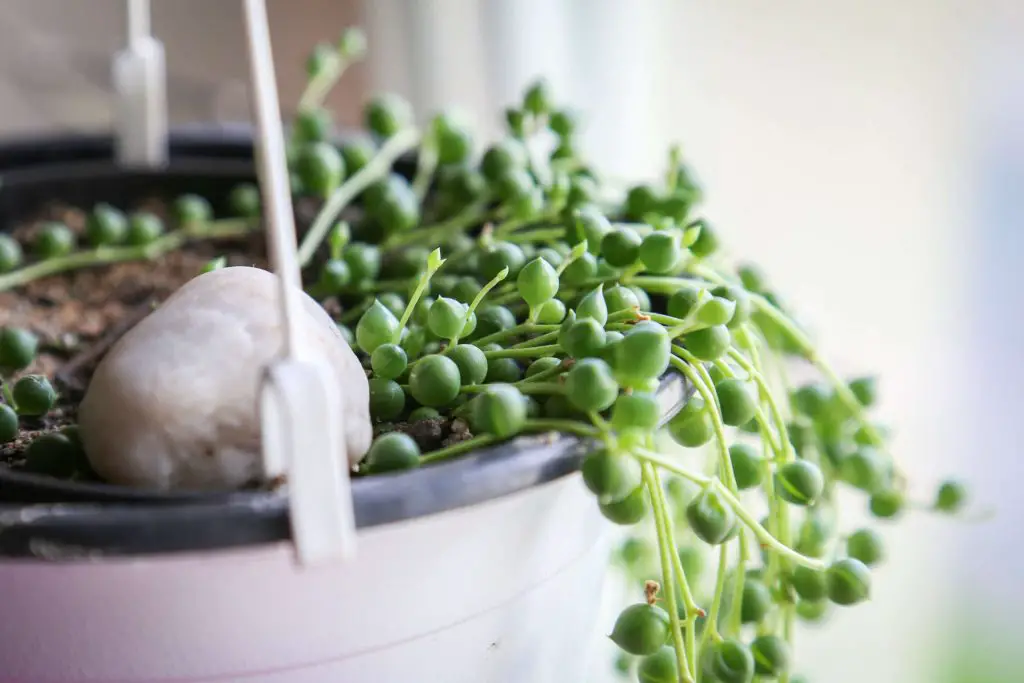
String of Pearls is instantly recognizable for its trailing stems covered in bead-like leaves. When placed in hanging terrariums or containers with height, the strings drape gracefully over the edges, adding visual interest and movement. These succulents prefer bright, indirect light and a dry environment, making them perfect for open terrariums or hanging displays.
Care Tips: Bright, filtered light helps String of Pearls thrive. Overwatering is a common mistake, so it’s important to let the soil dry out before adding more water.
10. Lithops (Living Stones): Unique and Striking
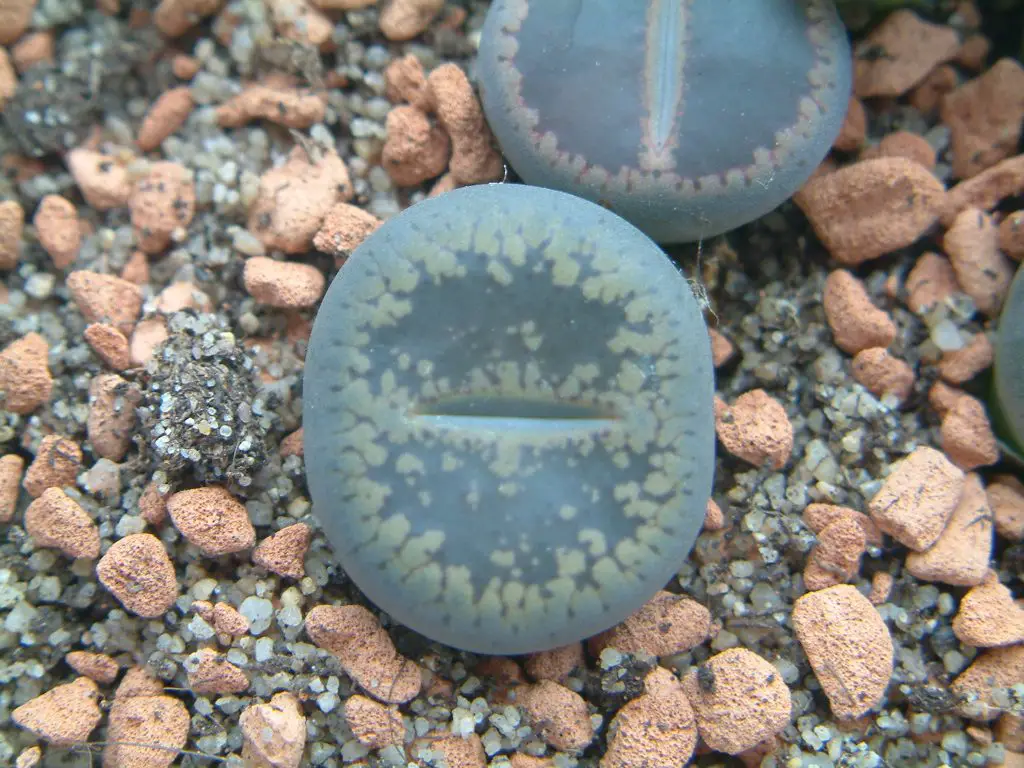
Lithops, or “Living Stones,” mimic the look of small pebbles, blending seamlessly into a terrarium landscape. Their unique appearance and low-water needs make them stand out as a fascinating addition. They do well in open terrariums where they receive plenty of light, and their compact size allows for easy arrangement among other succulents.
Care Tips: Lithops require very little water, especially during their dormant period. Ensure they receive bright, direct light to maintain their stone-like appearance.
How to Choose the Right Succulents for Your Terrarium

When building a succulent terrarium, it’s essential to consider the environment you’ll create. An open terrarium provides good air circulation, making it suitable for succulents that prefer dry conditions, like Sedum, String of Pearls, and Lithops. A closed terrarium retains moisture and mimics a humid environment, favoring succulents like Haworthia that can tolerate low light and higher humidity.
The size of the terrarium also plays a role. Smaller succulents like the Dwarf Aloe Vera, Crassula ovata ‘Gollum,’ and Sempervivum fit well in tiny terrariums or those with limited space. Trailing varieties like String of Pearls add a dynamic touch to terrariums with height or hanging displays.
Tips for Maintaining a Healthy Succulent Terrarium
- Choose the right soil: Use a well-draining succulent mix to prevent waterlogging and root rot.
- Limit watering: Succulents store water in their leaves, so they don’t need frequent watering. Water sparingly, and allow the soil to dry completely before watering again.
- Provide adequate light: Most succulents prefer bright, indirect light. Place your terrarium in a spot where it receives enough light, but avoid direct sunlight for long periods, which may scorch the plants.
- Prune and trim: Keep your terrarium tidy by trimming any dead leaves or overgrown stems.
Creating a terrarium with succulents allows you to bring nature indoors while adding a unique decorative element to your space. The succulents listed here not only thrive in these miniature gardens but also add a range of textures, colors, and forms. Whether you’re looking for low-light options like Haworthia or dramatic trailing plants like String of Pearls, there’s a succulent for every terrarium style.
